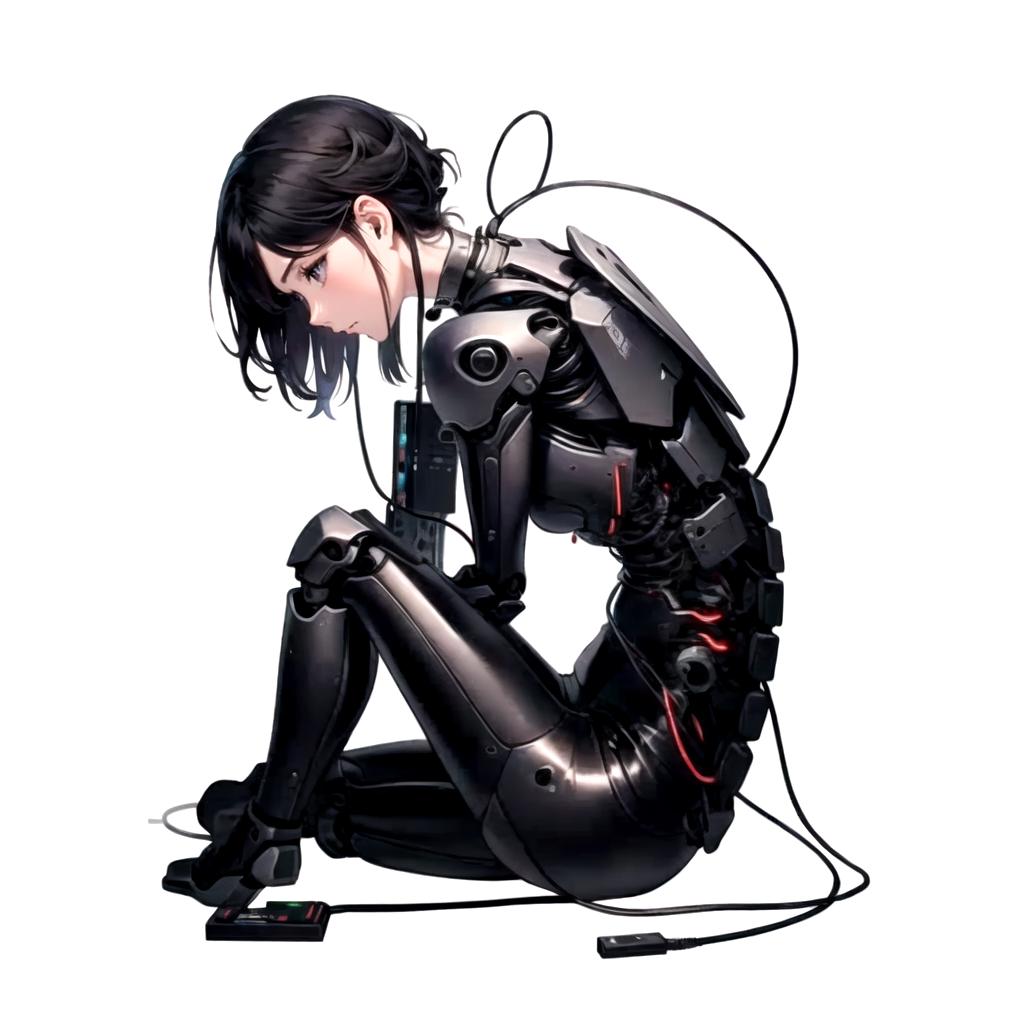

Thank you. No, I don’t have a blog. I do a project worth posting maybe once a year at most.


Thank you. No, I don’t have a blog. I do a project worth posting maybe once a year at most.


Thank you! I made 2 to go on each sides of the bed. They give a nice cost atmosphere to the bedroom. Also bright enough to read comfortably.


Link seems fine on my end. Otherwise search for “Lamp cannelé design - Vase mode - Bed side lamp” on printables.com


Caddy is the only reverse proxy I have ever managed to successfully make use of. I failed miserably with Nginix and Traefik.
Caddy has worked very well for me for several years now. It gets the SSL certificate from my domain name provider and all.
FOSS driver only, the choices are AMD and Intel. Nvidia is out of the picture.
Of coursenouveau drivers are still around and under active development, but as far as I know the performance if still very far from reasonable expectations.
Yes, 3mf files have all the tweaks ready, but it’s always a good idea to double check. Let me know on printables if you have any issues.
90% infill would be a lot of plastic. Much more expensive than the plaster, but you do you. For info, the finished base with the plaster weights something like 350g and it’s a similar weight to the shade. PrusaSlicer give an estimate of the material use after slicing. I would recommend to do it only if the base would be at least 300g otherwise the lamp might not be very stable. Maybe you can optimize things by having 100% infill for a portion at the bottom (top of the model) and a 5% infill for the rest, to make the center of mass as low as possible.